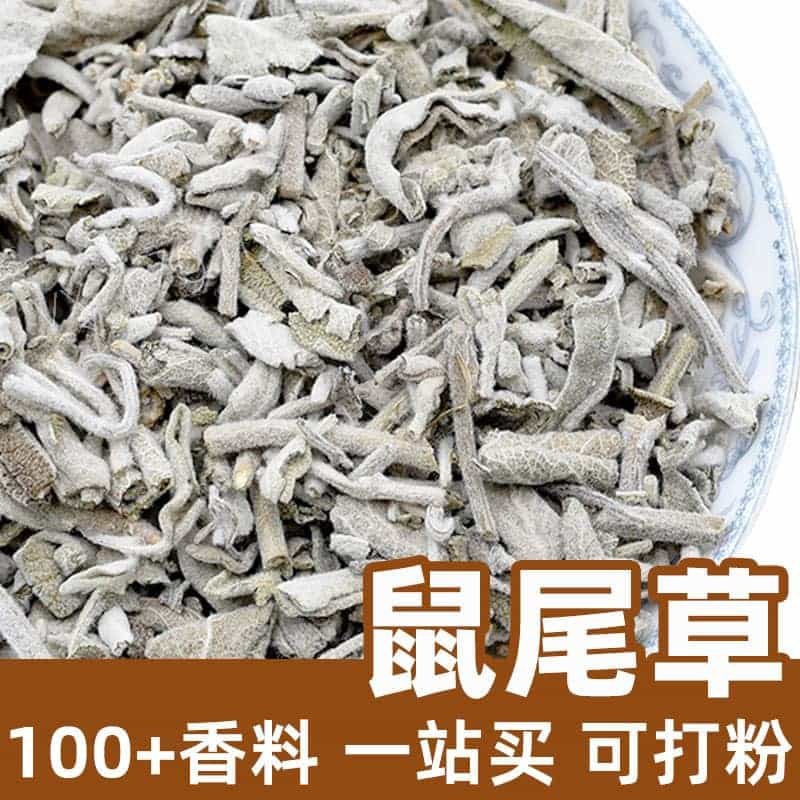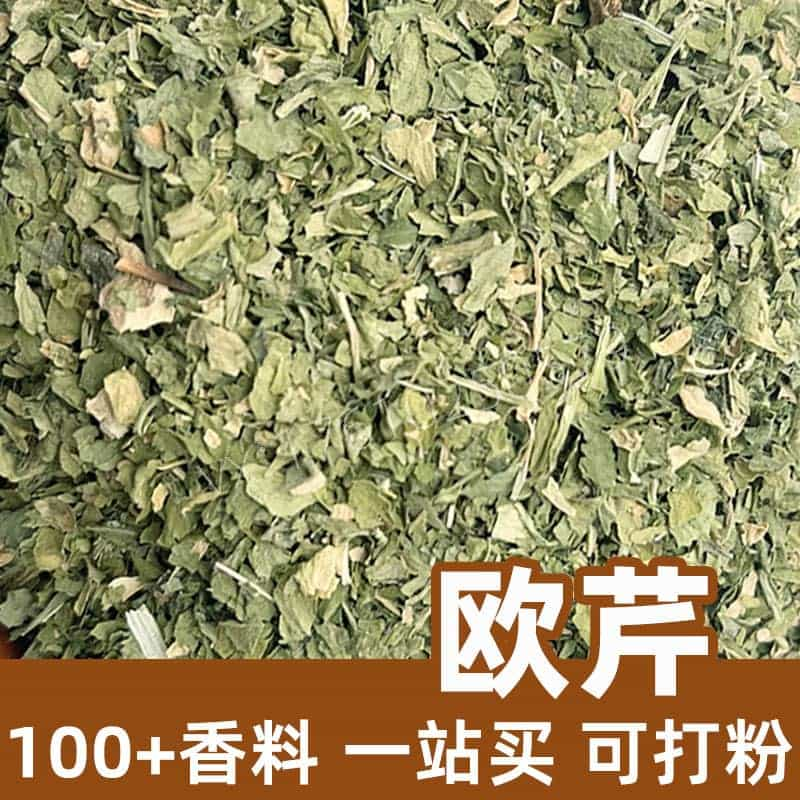Product Introduction
Star anise is a commonly used spice, made from the dried fruit of the star anise plant. It is also known as Chinese star anise or simply aniseed. The fruit is star-shaped, with distinct surface lines, and its color ranges from dark brown to black. It has a strong and unique fragrance, widely used in seasonings, pharmaceuticals, and the food industry.
The main components of star anise include anethole, limonene, eugenol, and other chemicals. These compounds give star anise its characteristic aroma and flavor.
Star anise is commonly used in the food industry for cooking, making seasonings, and in pharmaceutical applications. Its fragrance and flavor enhance the taste and texture of food, making dishes more flavorful. Additionally, star anise is used in medicine and has certain pharmacological effects.
Aromatic Chemical Components
Star anise contains several aromatic chemical components, with one of the most important being anethole. In addition to anethole, it also contains limonene, eugenol, and other compounds that contribute to its distinctive aroma and flavor.
Product Varieties
There are two main varieties of star anise on the market: Chinese star anise and Japanese star anise. Chinese star anise has larger, fuller fruits with a stronger aroma and a deeper color. Japanese star anise fruits are relatively smaller, with a milder aroma and lighter color. The two varieties have slight differences in flavor and characteristics, so the choice can depend on the specific needs.
Usage Scenarios and Dosage
Star anise has a wide range of applications in cooking and baking. It is often used in meat, poultry, and seafood dishes to add flavor and aroma. In baking, star anise is commonly used in desserts, cookies, and bread, giving food a special fragrance.
When using star anise, it’s important to control the quantity to avoid overpowering the flavor. Typically, 2-3 whole star anise fruits or a small amount of ground star anise is sufficient for the desired flavoring effect.
Star anise can also be used as a medicinal ingredient, commonly found in pharmaceutical preparations and traditional Chinese medicine formulas. When using star anise for medicinal purposes, it should be done under the guidance of a doctor or a qualified herbalist, ensuring the correct dosage and usage.
Plant Source, Distribution, and Growing Environment
Star anise originates from the star anise plant (Illicium verum), which is an evergreen tree. The plant is primarily found in southern China and Southeast Asia. It thrives in humid environments and typically grows in shaded, moist forests.
Harvesting, Processing, and Storage
The harvest of star anise involves collecting the dried fruit from the star anise plant. High-quality star anise fruits are plump, with smooth surfaces, deep color, and a strong aroma. After harvesting, star anise should be initially dried and cleaned to remove impurities.
To maintain the quality and aroma of star anise, it is best stored in a dry, cool place, away from direct sunlight and moisture. Sealing the product can help reduce exposure to air, extending its shelf life and preserving its flavor.
Monica Sun is a seasoned expert in the natural raw materials industry, with over a decade of experience specializing in traditional Chinese medicinal herbs, spices, and fungi. She is skilled in the sourcing, processing, and application of these materials, emphasizing sustainability and innovation. Monica Sun has contributed to the development of high-quality natural raw materials that serve as essential components in functional foods, pharmaceuticals, and cosmetics, delivering tailored solutions to meet diverse market needs.









.jpg)


.jpg)


